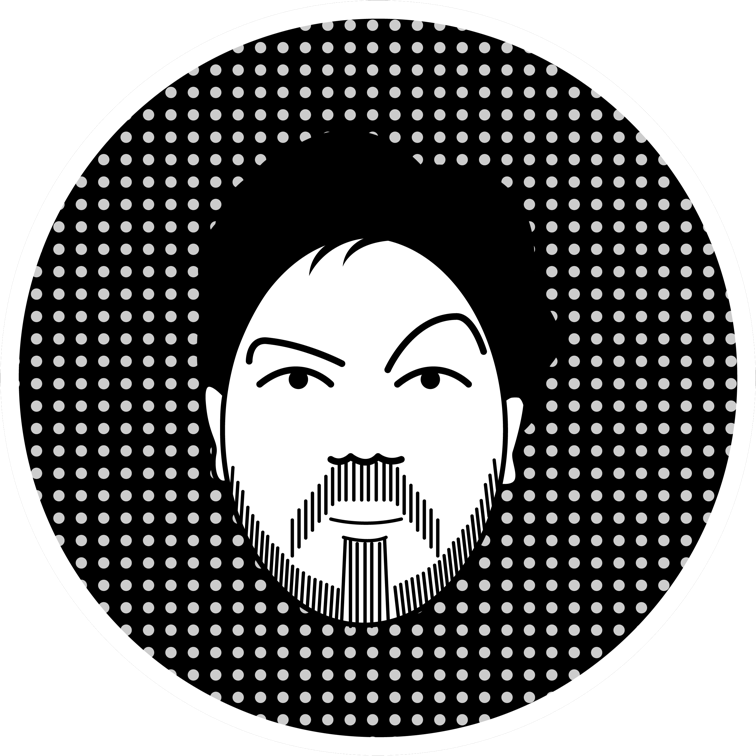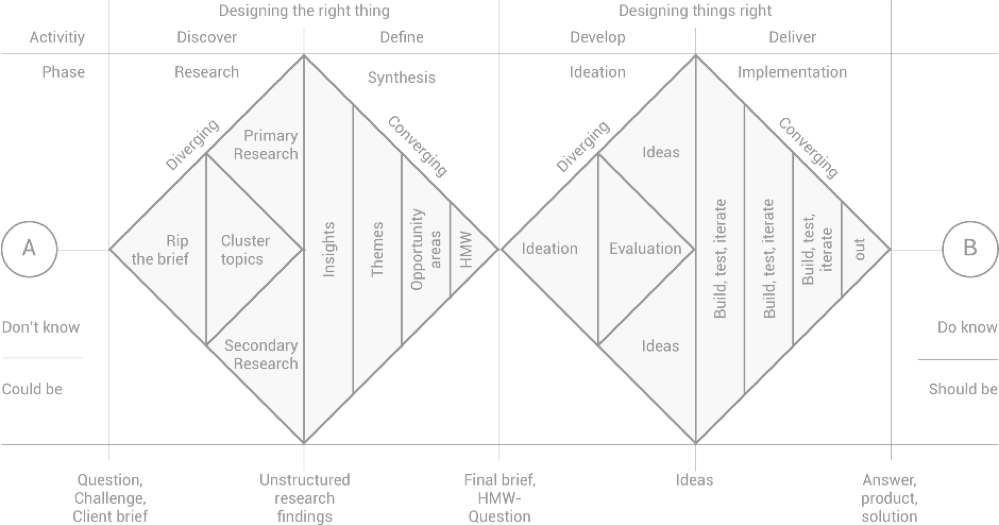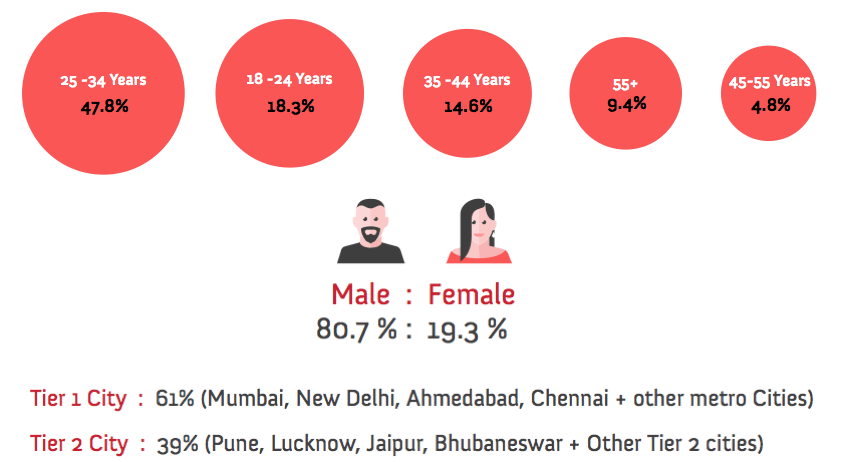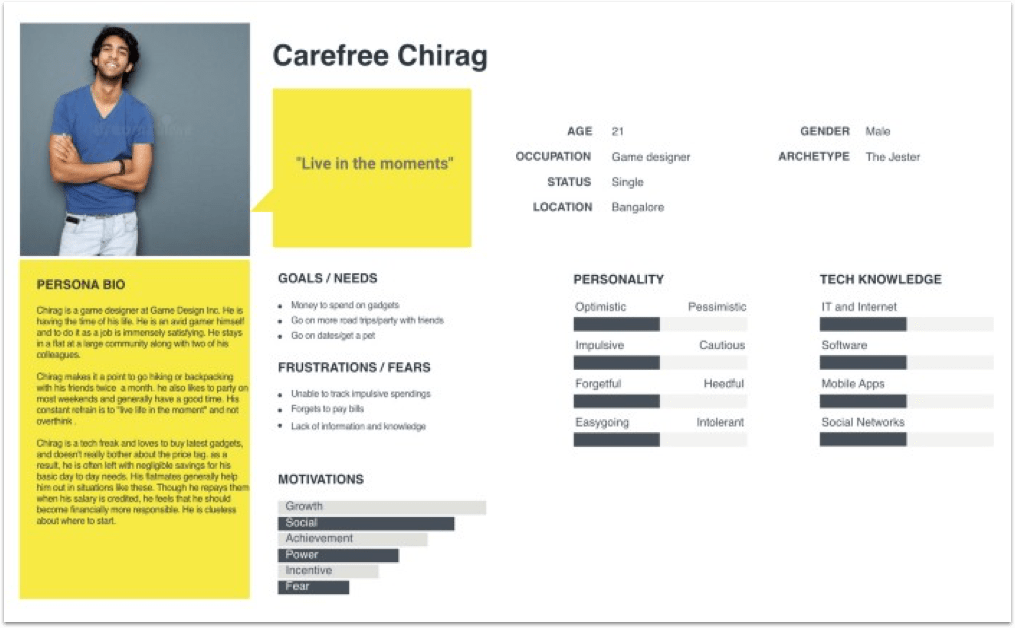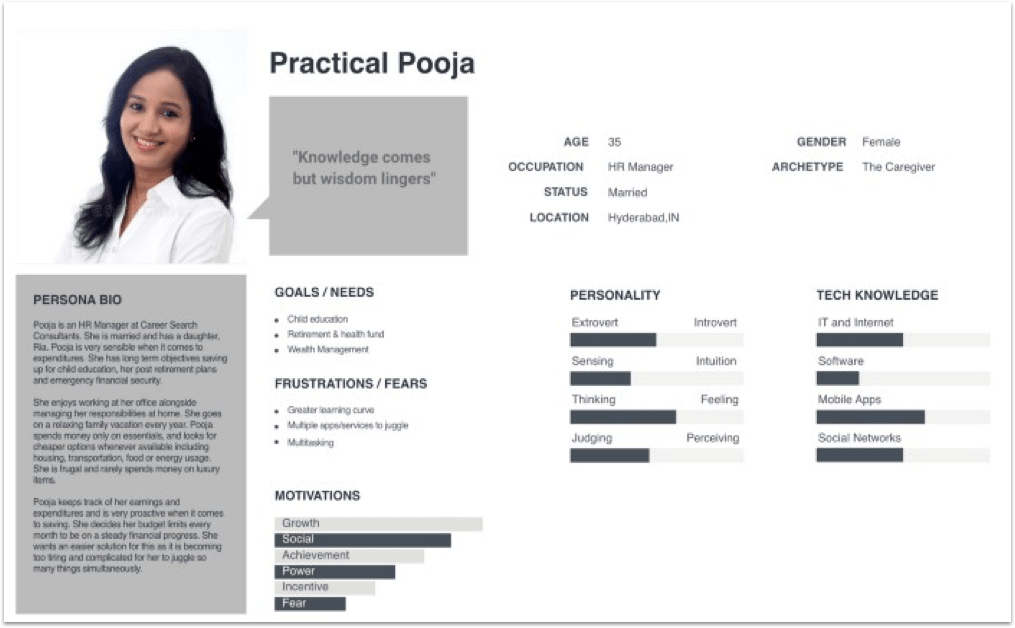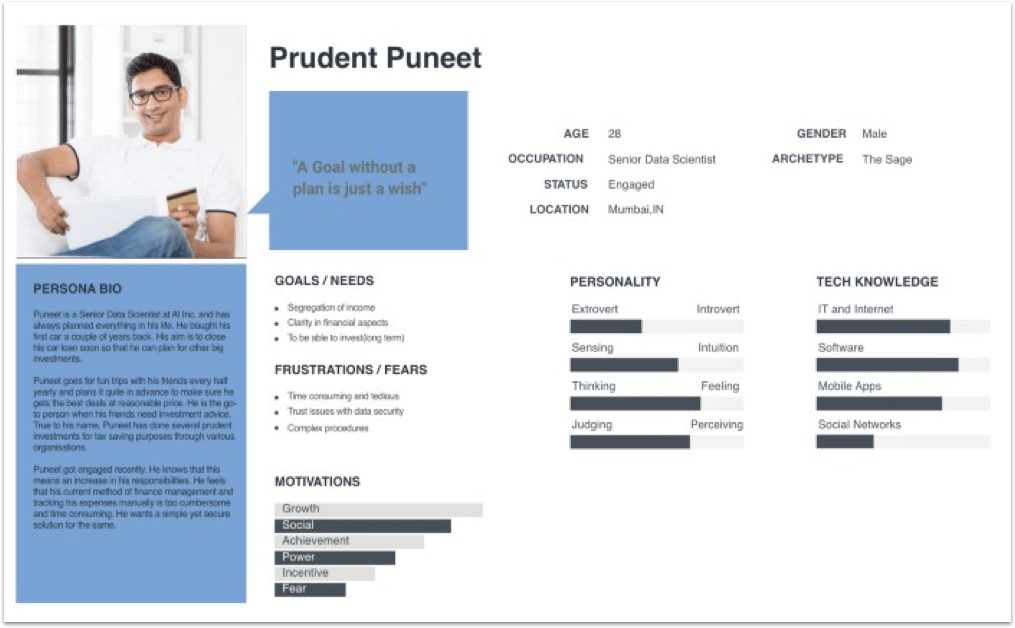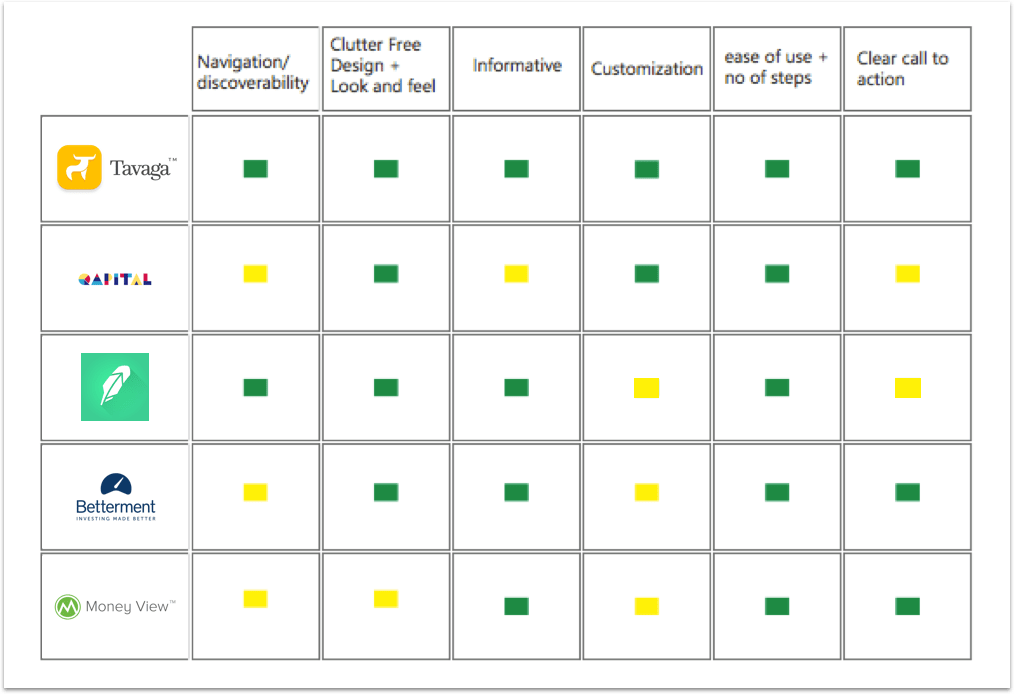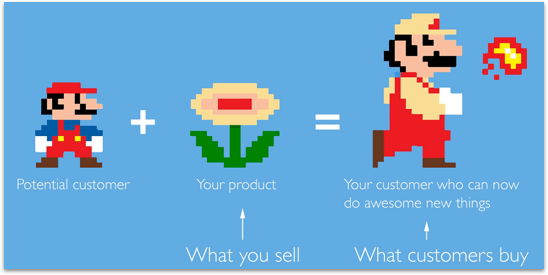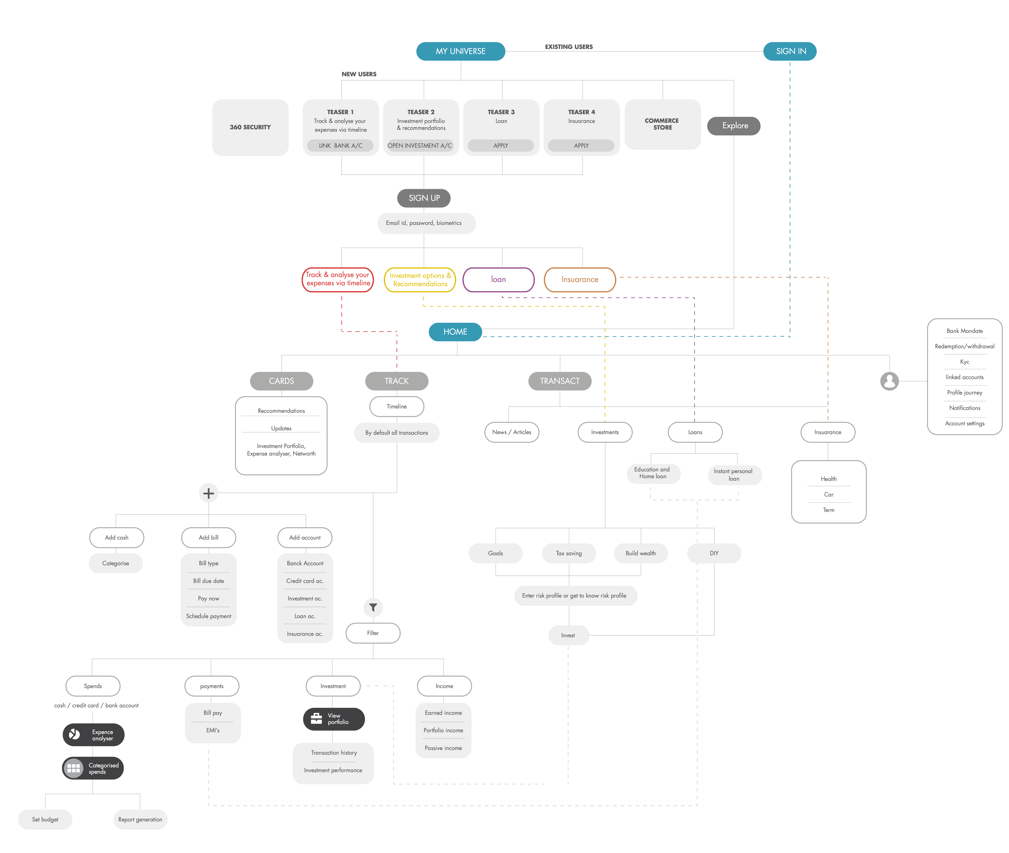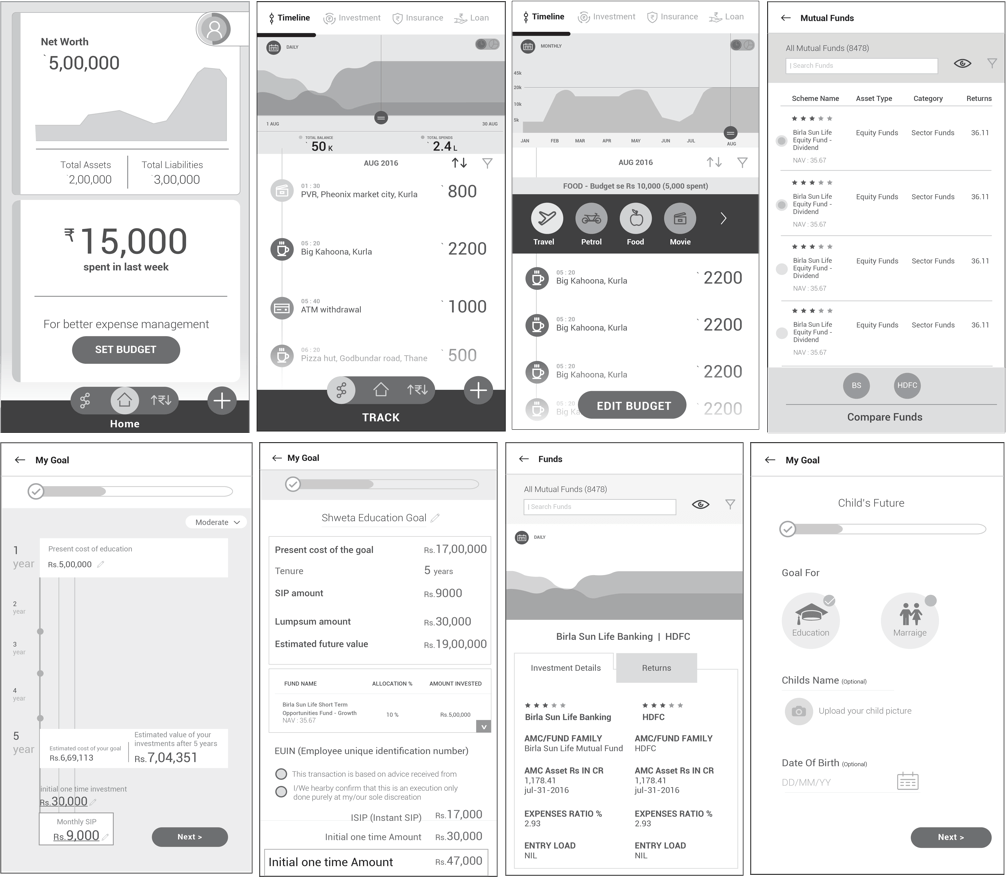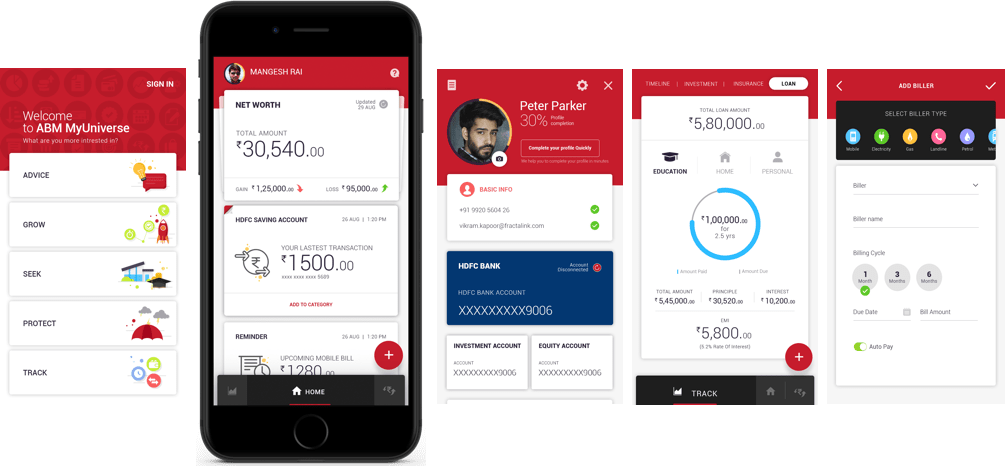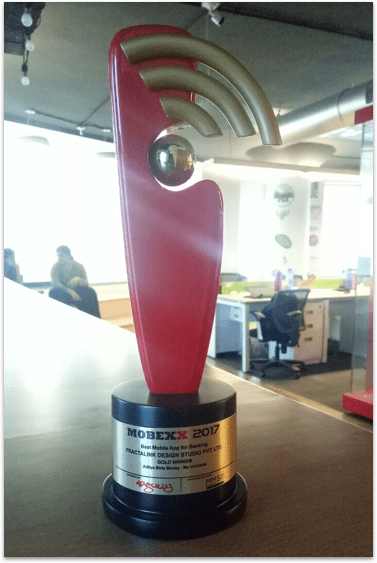This project is really special to me as it was my first professional project and I made some super cool and talented friends…
The biggest learning for me is that nothing just happens, in design or in life.
For design, I’m still getting a better handle on finding as broad a stream of inspiration as possible to show that I’m not just making things up. I’m also devoting more time to the skills I didn’t come into the program with. It’s comforting to know that even the best designers in my cohort are in the same boat as me in that respect.
In life, it was humbling and some days downright terrifying to be surrounded by a talented cohort of educators and peers who were willing to take the time to bring me along, sometimes drag me kicking and screaming, into a new life.
Lessons learned…
1. Start early. No, earlier than that!
Time is not your friend, and there will be so many things you’ll want to include in an experience that will have to wait. Also, if you’re just starting out and on a learning curve, you’ll need time to get better at the skills needed to actually pull the whole thing off.
2. Centre yourself with the human elements. It’s called user experience design, after all.
Further to this point, think of yourself as the design part of the human design. The humans are the vehicle through which you’ve gleaned your insights, and should remain the focus throughout the design. Additionally, this will stop you from designing just for yourself.
3. Dare to be dumb.
I struggled with sharing my early work because it was so much farther behind some of my more classmates with a background in design. Now, I’m kicking myself, because all of that time spent agonizing over not comparing could have
been spent actually improving with them.
4. Offer your skills, not your weaknesses.
The caveat for sharing? Don’t be a burden on the talented people around you. There’s a give and take to creative circles, and even if all you can offer is a work ethic to improve, make sure you always bring something to the table. Everyone
appreciates snacks!
5. Fail often, fail early, fail graciously. Iterate, iterate, iterate.
You’ll learn so much from admitting and confronting your blind spots. However… If you can show your work and someone else isn’t getting it, stick to your guns. Point to your process. The best part of gathering a wide amount of inspiration? Whenever someone asks “Why did you choose this?” whether it’s colour, layout, typography, cat videos, you can instantly point to something that already exists and say “This is why, and this is why it works for my users”. You may still have made a choice that isn’t strong, but this way you’re correcting the entire choice, not just “Well, I liked it…”. Of course you liked it, you put it in there.
6. Finally, design isn’t as subjective as you may think.
There are elements of preference and taste that come into play, but good design can actually be charted. You have to practice to get better, and that includes practice finding inspiration and communicating those choices.
